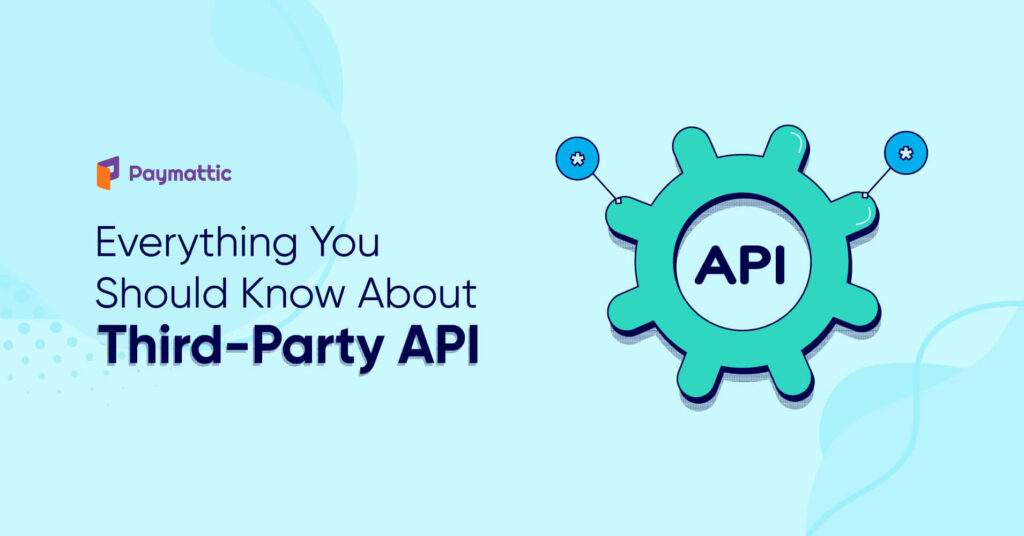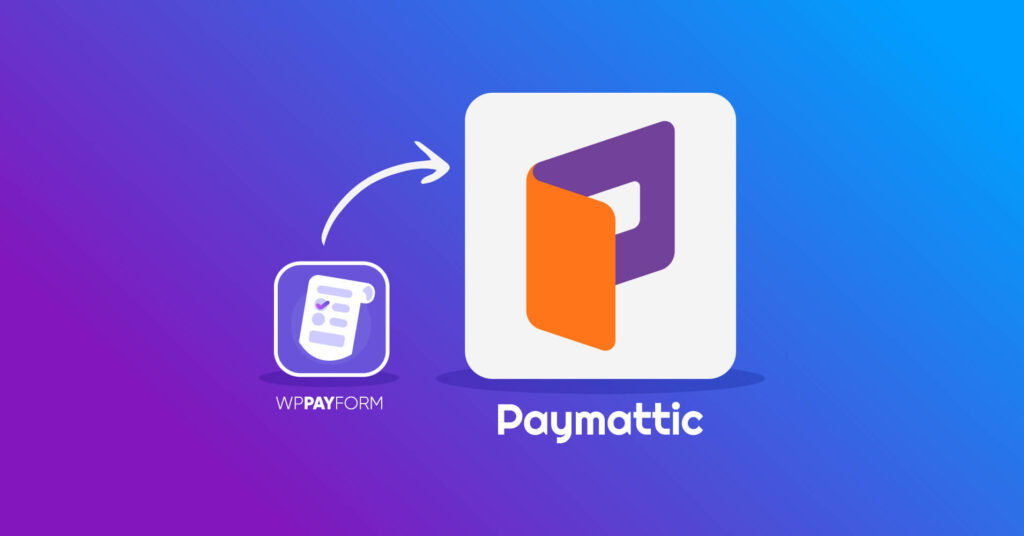How to Calculate Donor Retention Rate: Strategies to Improve Retention
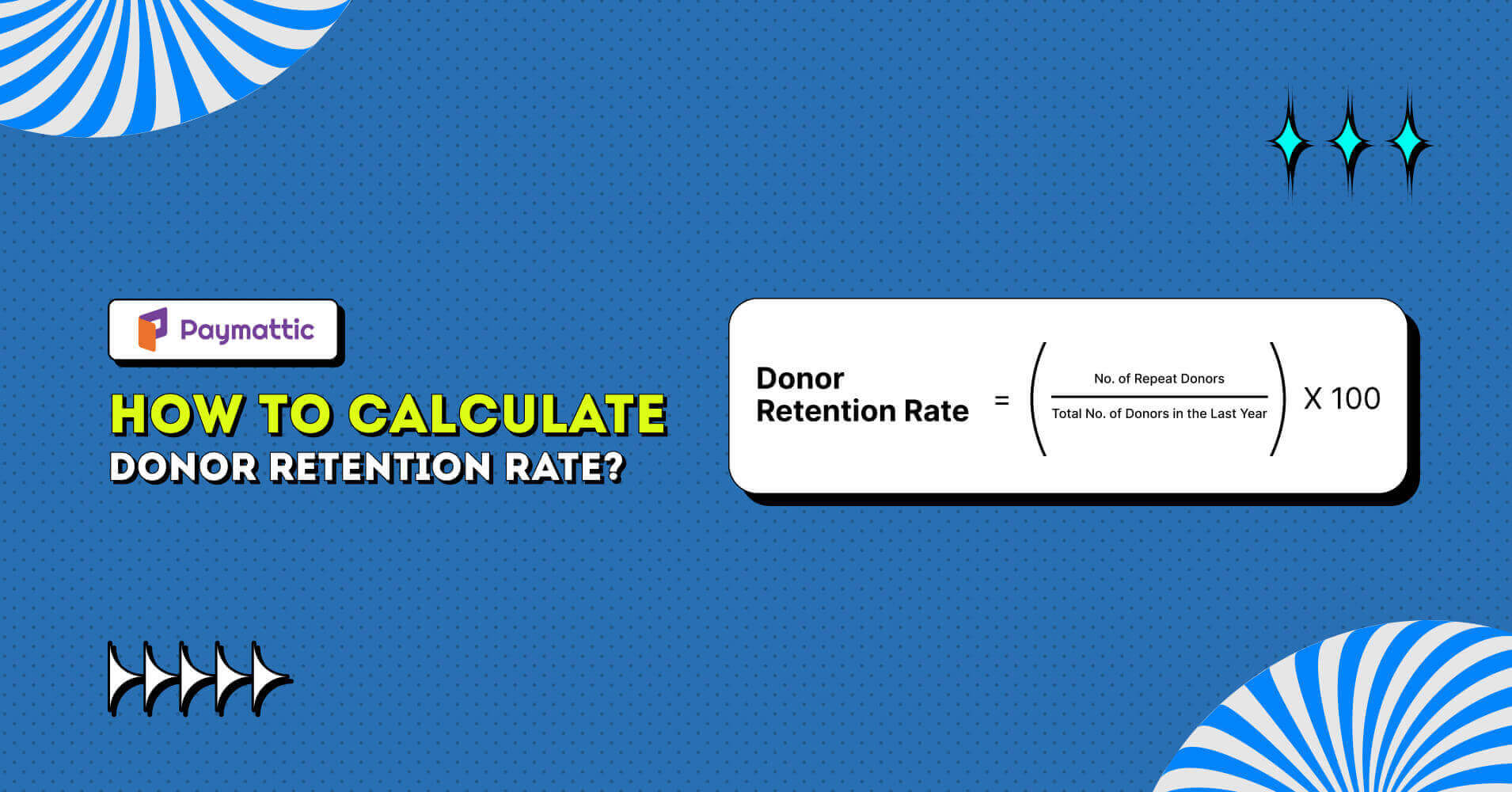
Only focusing on acquiring new donors without nurturing the existing donor is a big fault. The cost of acquiring new donors is ten times higher compared to the cost of retaining the ones you already have.
Do your happy dance if you raise more donations this year compared to the last year. But one thing to remember, this is not going to happen every year if you can’t retain your donors.
Donor retention is one of the essential parts of an operation to keep things going smoothly.
So you must calculate donor retention rate of your fundraising program to track if your donors are coming back again in your support.
Without making the article long and tedious, we’ll talk about how to calculate donor retention rate and some actionable strategies to improve retention.
What is the donor retention rate?
If you’re a fundraiser or a nonprofit professional, you are more likely familiar with the term “donor retention”. This fundamental concept holds significant importance and should be known to anyone involved in the nonprofit sector.
Donor retention rate is a measurement of the percentage of donors who continue to donate to your organization in a consecutive year. It’s one of the primary indicators that reflect the effectiveness and financial stability of a nonprofit organization.
Organizations with reasonable donor retention rates indicate that you have some loyal supporters who love to contribute year after year.
A low retention rate means the organization must constantly seek and acquire new donors to replace the ones lost with the risk of shutting down.
Importance of measuring donor retention rates
As a nonprofit organization, you must track some KPIs already. If you’re not tracking your donor retention rates then you’re missing some essential donor data.
By measuring the donor retention data, you can understand if you’re doing everything okay or not.
Look at some key reasons why you should give priority to retaining your donor.
- Onboarding new donors is expensive: We have already mentioned that it is much more expensive to acquire a new donor than to retain an old one.
Whenever you invest your time and energy to gain new donors, the goal should be retaining them for repetitive donations.
If you lose them after just one donation, then your fundraising and marketing costs will be higher than the donation you bring in.
Moreover, a repeat donor contributes 40% more than a one-time donor.
- Sustainability: Consistently retaining loyal donors ensures a stable and sustainable funding source for nonprofit organizations.
On the other hand, losing donors regularly can result in financial instability and disrupt the organization’s ability to carry out its mission in the long run.
- Increase network: When you’ve got a healthy donor retention rate, that means your donors are impressed to support your work.
There is a high chance that they’ll recommend your organization to their community. The “word of mouth” will take place then and reaching out to more and more people will become much easier.
Without investing any time or money you may increase your network and bring some new donors at the door.
- Identifying problems: Calculating donor retention rates allows you to identify potential problem areas. A decline in donor retention can signal possible issues such as ineffective communication, misaligned messaging, or lack of impact reporting.
Donor retention rate calculation allows you to pinpoint problem areas and implement ideas for improvement.

Ready to get started?
Experience WordPress payment and donation like never before. Try Paymattic now!
How to calculate donor retention rate?
To calculate donor retention rate, look for the number of donors from last year, who’ve donated this year also. Then divide it by the total number of donors from last year and multiply it by 100.
The donor retention rate formula:
(This year’s donor who also donated last year / Last year’s donor) x 100 = Retention rate
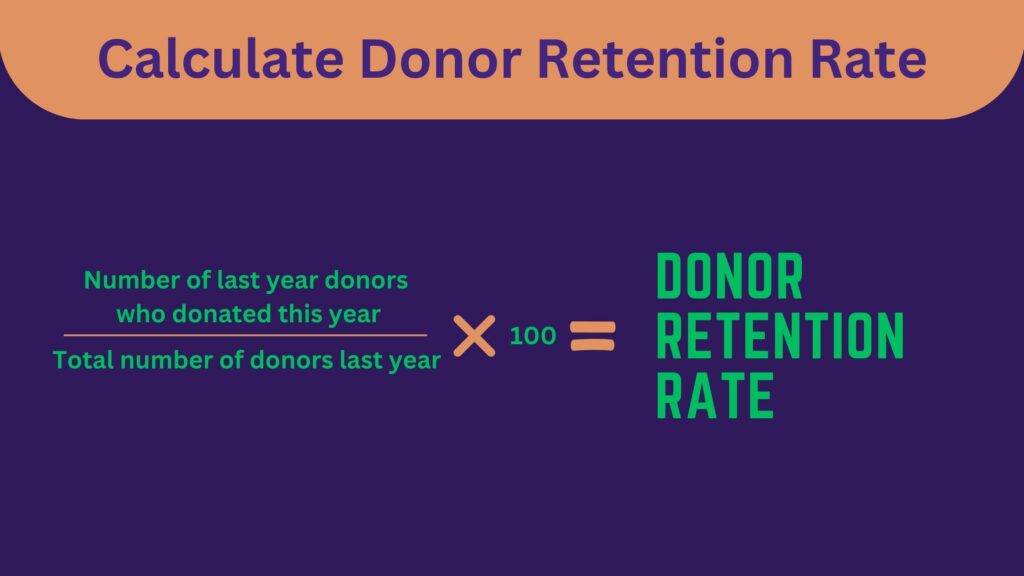
For example, if 100 people contributed to your organization in 2022, among them 40 donated again in 2023. That means your retention rate is 40%.
The average donor retention rate is around 40-45% for nonprofits. So if yours is less than this, you should give more focus on finding some donor retention strategies along with finding new contributors.
Strategies to increase donor retention
As you already know the importance of retaining your contributors, now it’s time to explore some donor retention strategies to improve your retention rate.
Creating a positive first-giving experience for donors
The very first giving experience for a donor always matters the most. A donor who is donating for the first time definitely wants to donate without any hassle.
If the process is lengthy, needs to input too much information, or the checkout redirects to another page then it is more likely the donor will get frustrated and never come back to donate again.
There is a high chance of abandoning his first contribution as well. So, what could give a positive experience to your first-time donor?
- Optimize the donation page properly
- Only ask for essential information
- Provide on-page checkout
- Provide wide-range of payment options
- Immediately send a thank-you letter after receiving a donation
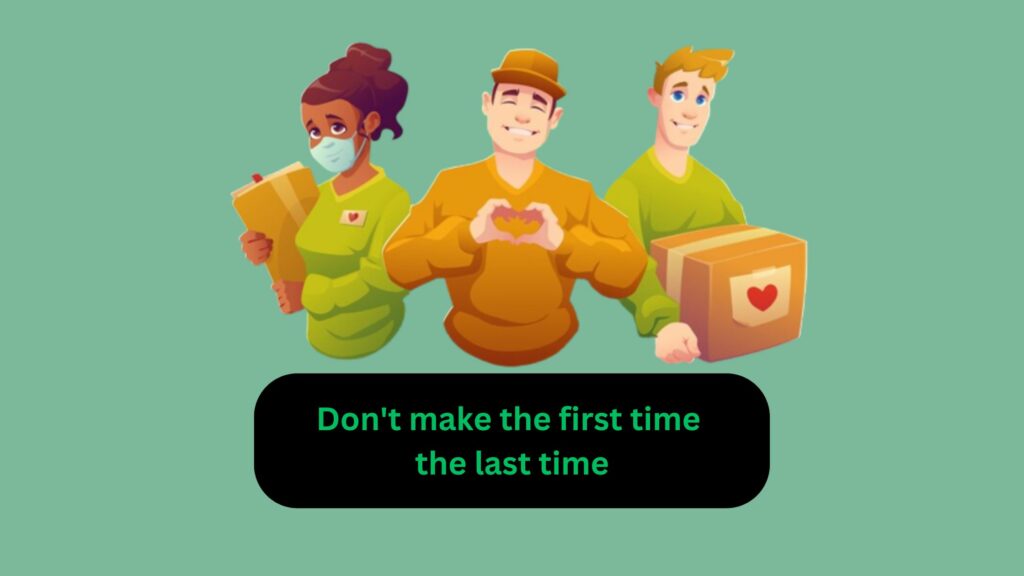
Start a recurring donation program
Starting a recurring donation program is an effective approach to increase your donor retention rates. It is one of those donor retention strategies where you can reduce the efforts and time to reach your donor every month or year in order to collect the funds.
It focuses on cultivating long-term relationships with donors who commit to giving regularly.
Here’s how you can set up recurring donations and improve your retention rate.
- Encourage donors to set up recurring donations, where they commit to giving a specific amount at regular intervals (e.g., monthly, quarterly, or annually).
- Implement an easy-to-use online donation plugin that allows donors to set up automatic payments with just a few clicks.
- Make your donors understand, how recurring donations help sustain your organization’s mission and how their ongoing support contributes to the cause.
- Recurring donations offer a consistent and predictable stream of income for your organization, allowing for better budgeting and planning.
- It provides a stable foundation for your organization’s operations and allows you to focus on achieving long-term goals.

Acknowledge your donor’s
Who doesn’t want to be acknowledged whenever they make any contribution? Whenever someone donates to your organization, it’s your duty to acknowledge them and make them feel valued.
Appreciating your donor’s contribution leads them to understand their money is put to good use. If you don’t be thankful to them it causes a donor churn. As a result, your donor churn rate may increase.

“We need to value donors as much as we need value from them”
Reinier Spruit
Thanking your donor is a great donor retention strategy and one of the best practices of donor stewardship.
Subscribe to Our Newsletter
Join the crowd for more promotional offers, product updates, fundraising tips and tricks.

Personal communication with the donors
One of the best donor retention strategies is to keep personal communication with your donors. Personal communication doesn’t mean sending a good morning text every morning or a good night message at night.
You may provide updates on your fundraising process, tell them about your goal, how their donations were used, etc. It’ll feel to them that they’re more than the transactions to you.

If you can make them think that they’re not only about transactions but also partnering on the mission, they’ll be more likely to come again and make a contribution again. This way you can improve your donor retention rate as well.
Ask for feedback
It’s also a part of communicating with your donors. Try to get regular feedback from them to identify what you’re doing good and where you need to work more.
Whenever your donor gives any negative feedback, try to work on it and update them about it. They’ll feel that their words are given value and also inspire them to turn their negative review into positive ones.

“Always give without remembering and always receive without forgetting.”
Brian Tracy
Remember, feedback always matters!
Moreover, you can also measure the donor churn rate to make actionable efforts on improving your fundraising strategies, strengthen relationships with your supporters and build sustainability.
Wrapping up
If you calculate donor retention rate of your nonprofit organization, make sure you’re taking the actions the results ask for. Calculating donor retention rate only, won’t make any impact itself if you don’t make the changes.
If your retention rate is lower than average, make sure you’re following some donor retention strategies to improve it. If you have a healthy retention rate, then just try to maintain it.
In short, not only focus on gaining new donors but also try to make them your regular donor.
Try Paymattic & join the thousands already enjoying it.




